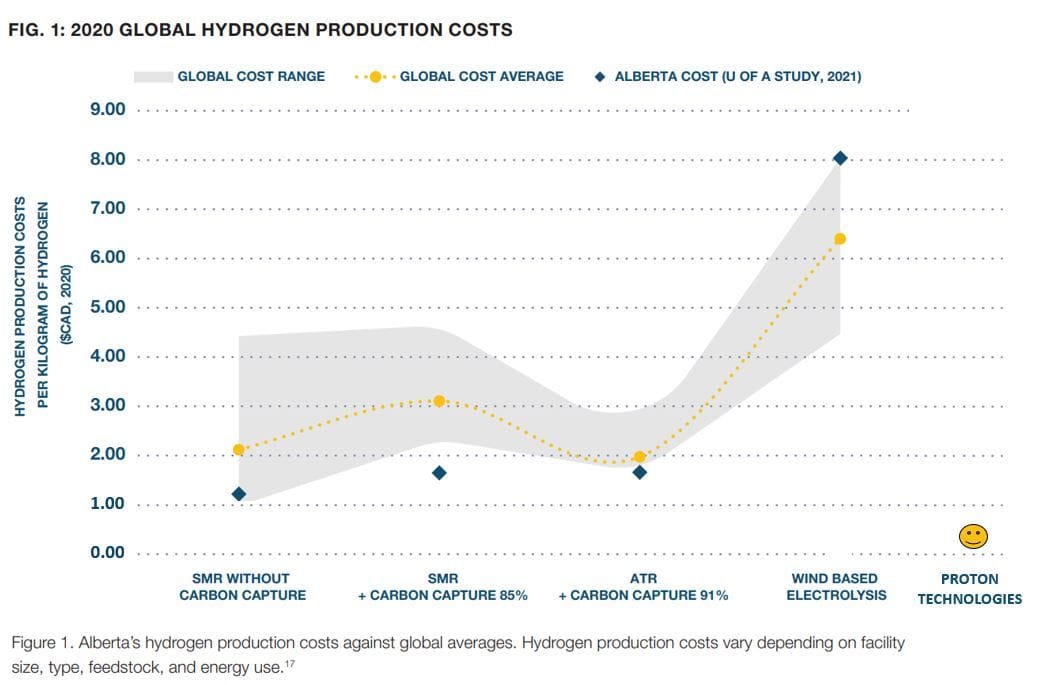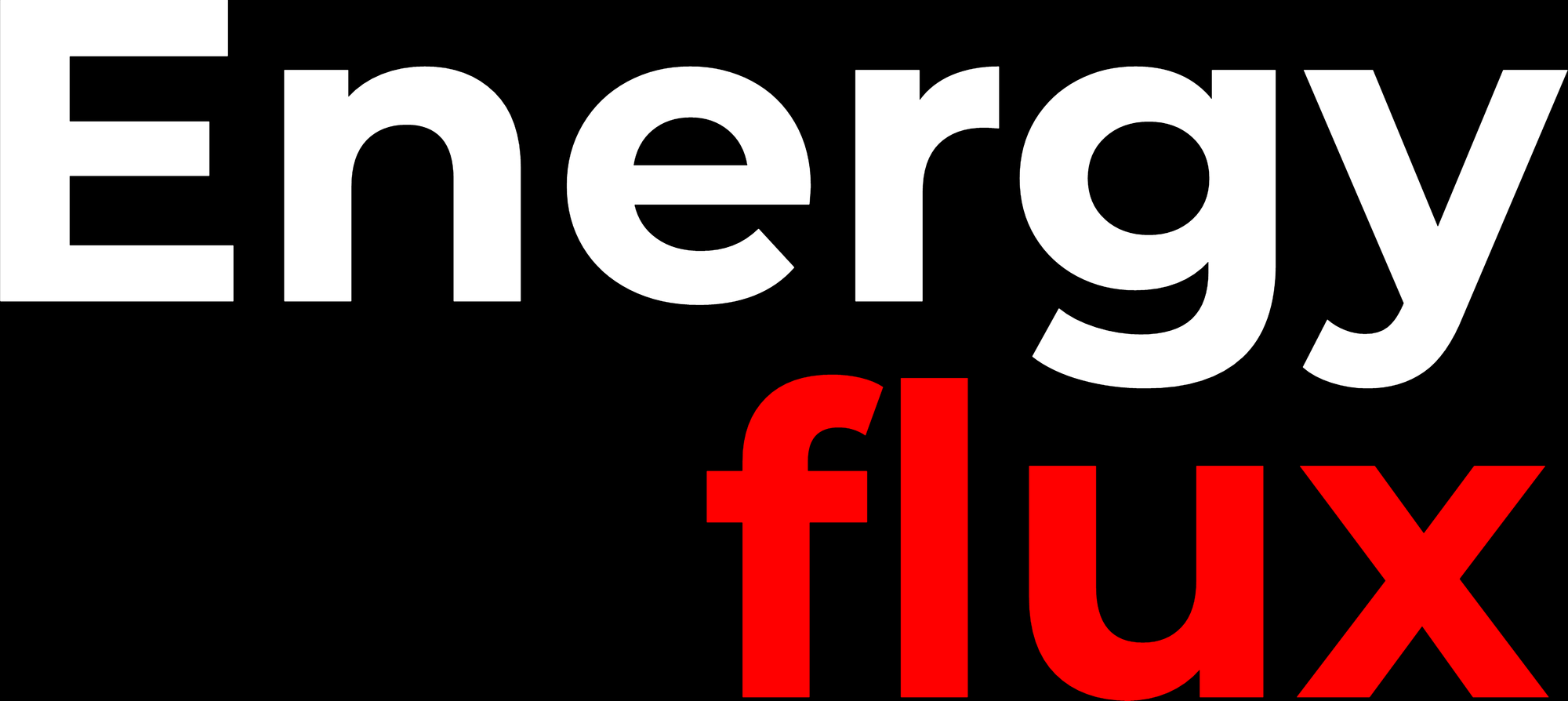Cheap, abundant ‘clear’ hydrogen – too good to be true?
Plus: Carbon border taxes, nuclear-to-gas, Oz coal & solar woes + MORE


Member discussion: Cheap, abundant ‘clear’ hydrogen – too good to be true?
Read what members are saying. Subscribe to join the conversation.





